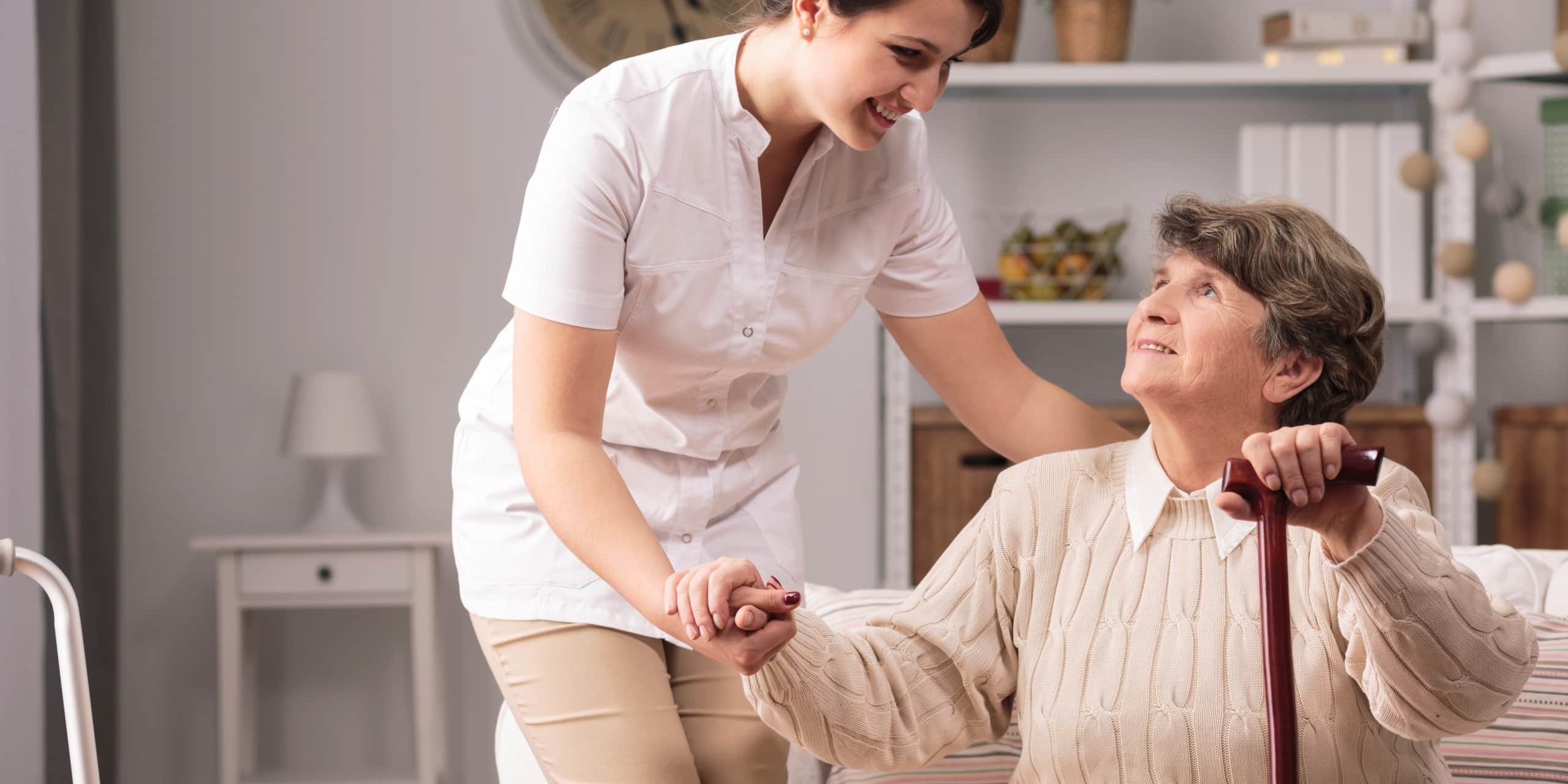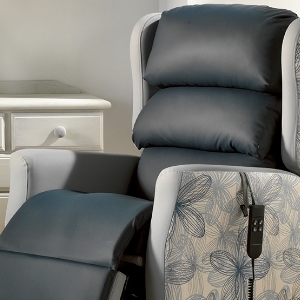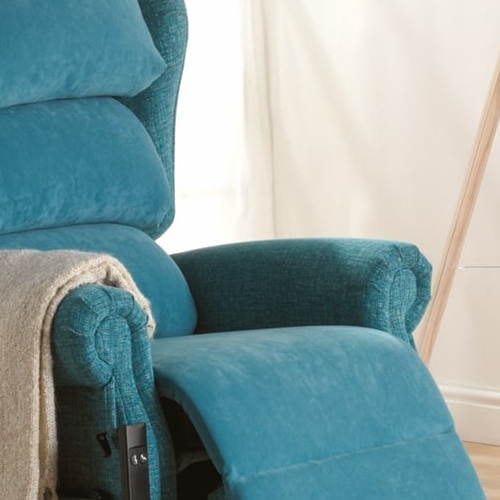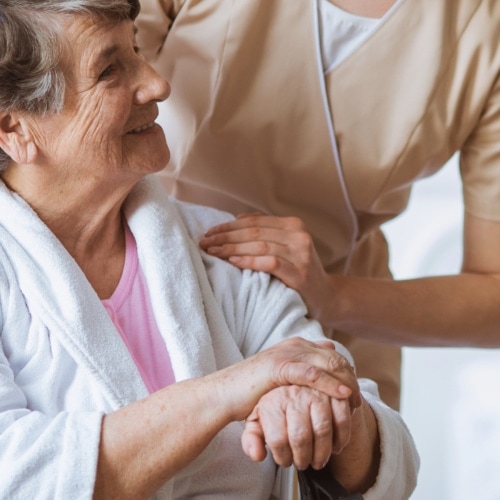How To Reduce Manual Handling of Patients Care Homes

Statistics by the Health and Safety Executive (HSE) show that there’s a growing level of concern for employees in the health and social care sector in regards to manual handling. Of the 195,000 workers who suffered a work-related illness, 30% of them were musculoskeletal disorders. Of 71,000 non-fatal injuries that workers suffered, 24% of them were from lifting and handling injuries. This was at a much higher rate than other industries.
It’s clear that the health and social care sector needs to be more concerned about employee safety. Much of this is down to reducing the manual handling of patients in care homes, but how can we achieve this?
Prevent Manual Handling Injuries by Using Specialist Equipment
Perhaps the most effective way to avoid manual handling of patients is to use specialist equipment that is designed to take care of manual handling tasks in care homes. Two of the most common pieces of specialist equipment include healthcare chairs and mobile hoists.
Healthcare Chairs
Healthcare chairs, sometimes known as reclining chairs, are purpose-built chairs that are designed to offer posture support and have a high weight limit that makes them suitable for all kinds of patients in a care home. One of the advantages of using a healthcare chair is that it can be used to automatically lift patients in a care home from a seated position without needing any outside assistance from a caregiver.
In response to the COVID-19 pandemic, it’s also important to choose brands such as Repose that offer specialised fabrics that can actively help to prevent the spread of the virus
Mobile Hoists
A mobile hoist is a piece of equipment that can help lift a patient from a seated position. Mobile hoists ensure that caregivers can quickly and easily lift patients without the need for manual handling. With varying levels of support, a mobile hoist can be a quick and convenient method for caregivers to help move patients from one piece of equipment to another, and they can also be used to support user independence by assisting with daily activities.
Provide Effective Training for Staff
Employers must also ensure that their staff are well-trained in order to use specialist equipment safely, but are also able to identify situations where they can avoid manual handling when possible. This shows that employers are looking out for the health and safety of their employees.
To start, make sure caregivers understand when they can actively avoid manual handling. This ensures that there is no unnecessary manual handling that could potentially lead to injuries in the workplace.
Next, educate caregivers so they know how to assess the risk of injury should manual handling be unavoidable. A quick risk assessment can be carried out, but if it’s a recurring situation then an alternative solution may need to be considered.
Lastly, caregivers need to know how to reduce the risk from unavoidable manual handling. This is where it’s important to provide training, equipment, and support to encourage safer practices.
Discover How Healthcare Chairs Can Make Life Easier for Staff and Clients When Compared to Hoists By Reading Our Guide
See how Healthcare Chairs can make life easier for staff and clients when compared to hoists by looking at our comparison here.
Alternatively, you can get in touch with a member of our team today via our contact form below. You can also contact a member of the Repose team today on +44 (0)1384 567401 or by emailing us at info@reposefurniture.com. We look forward to hearing from you.


